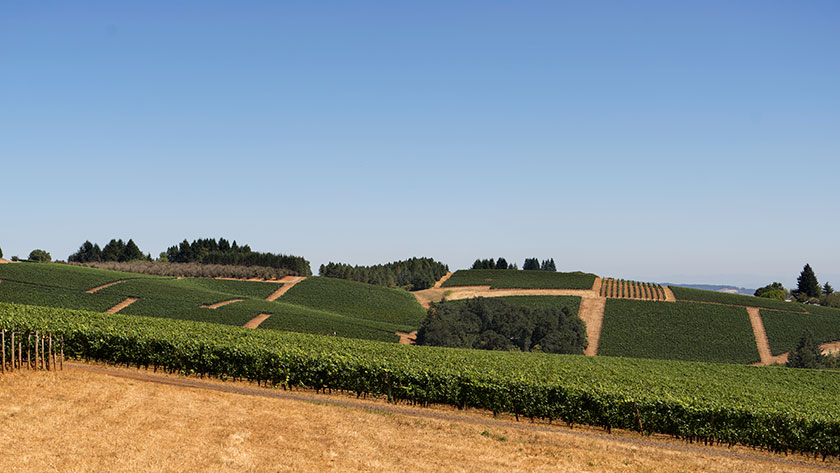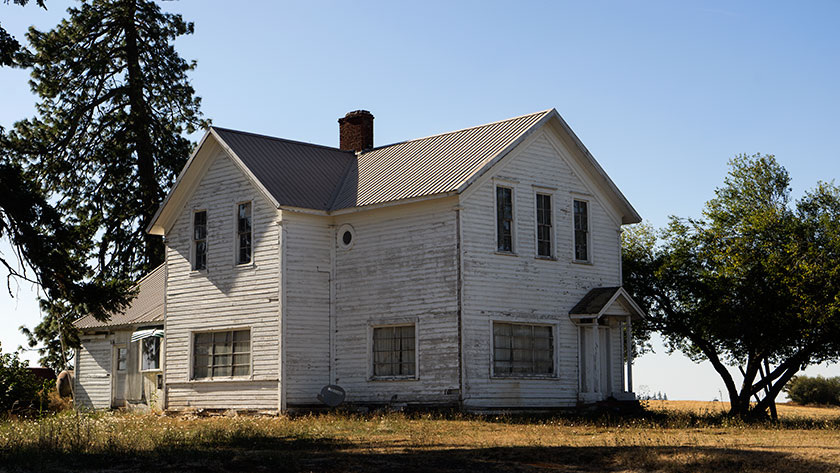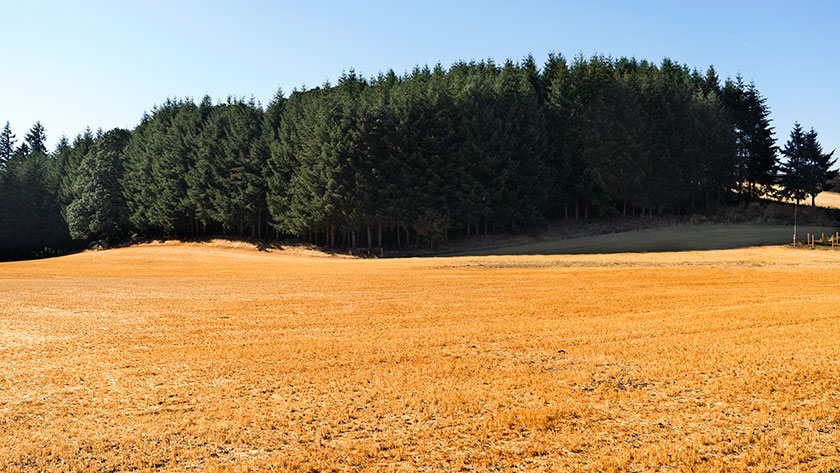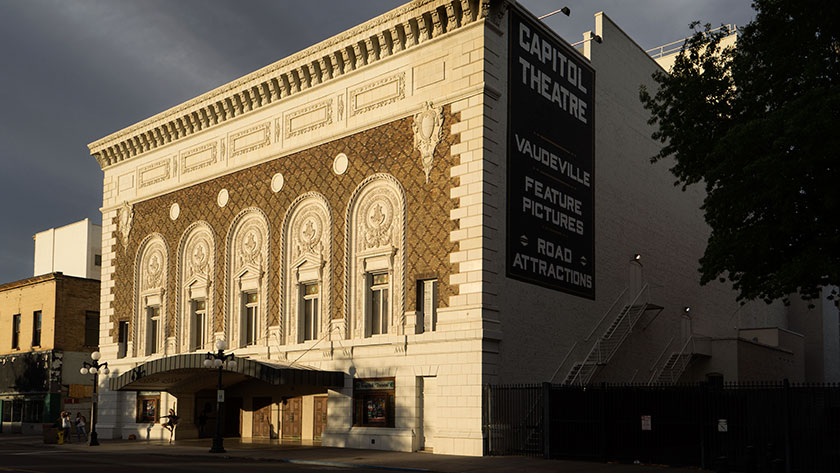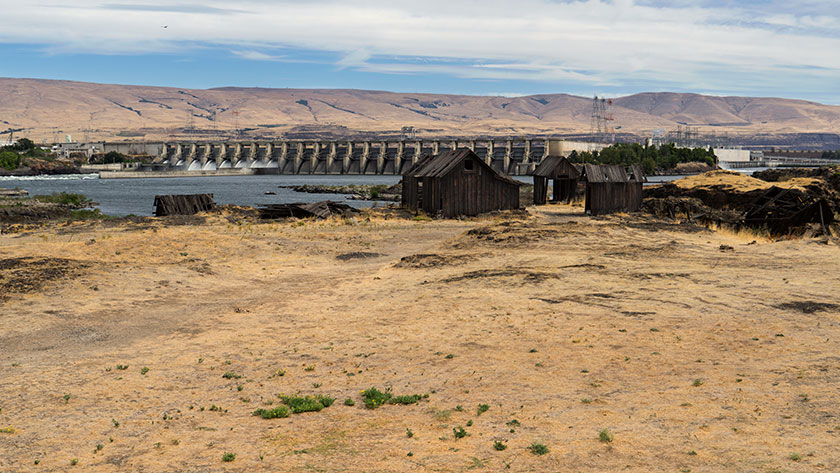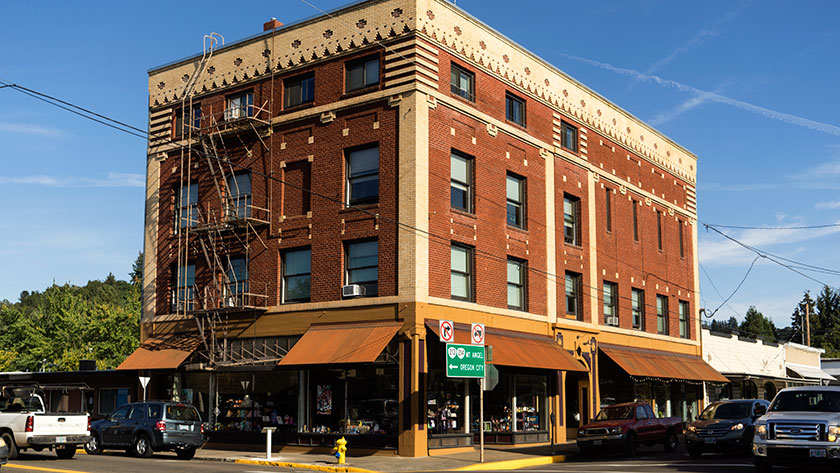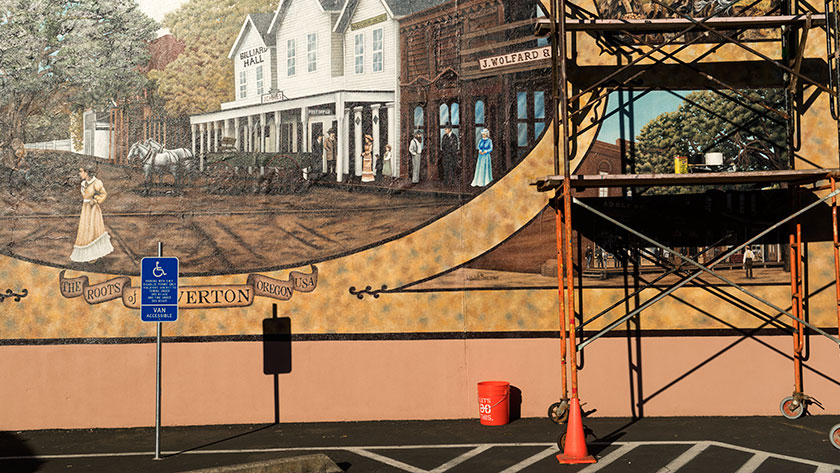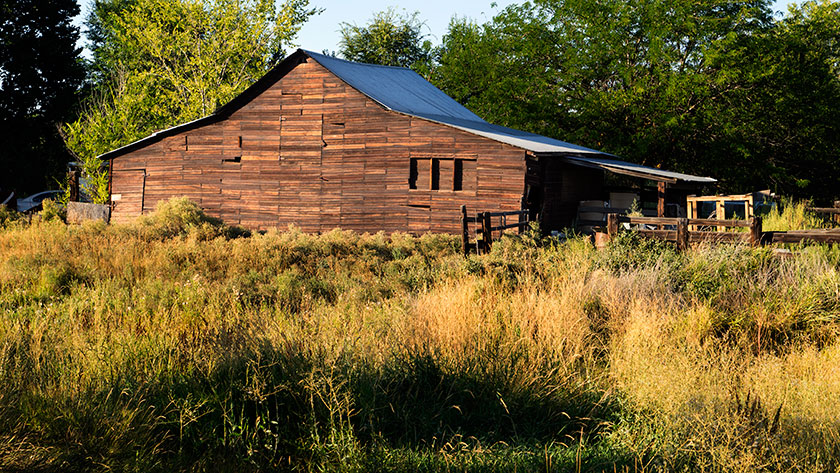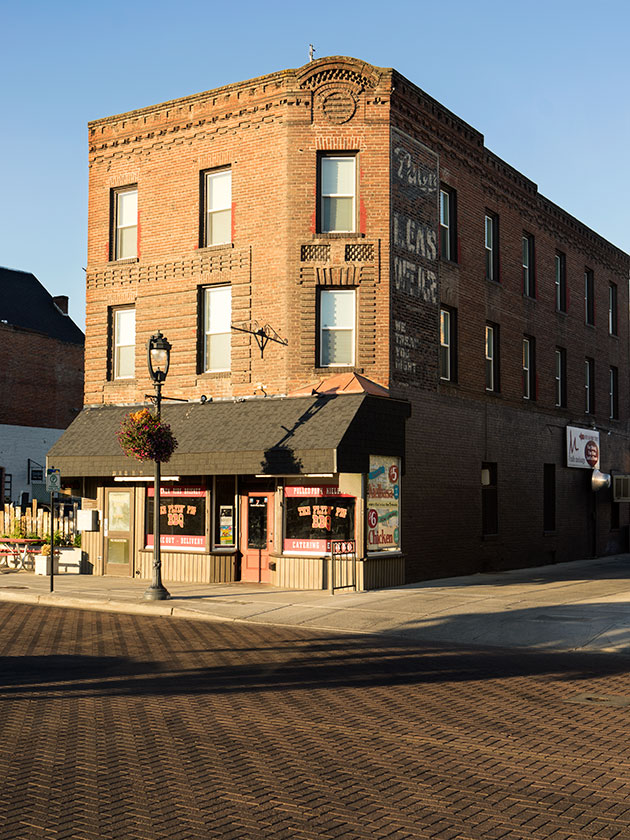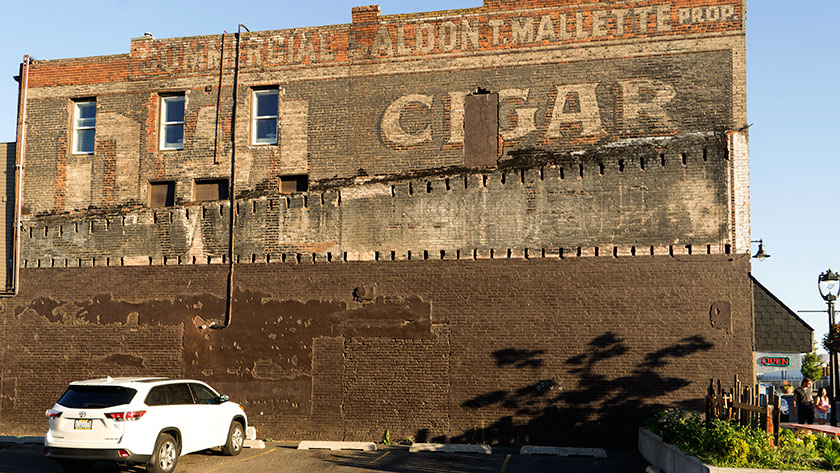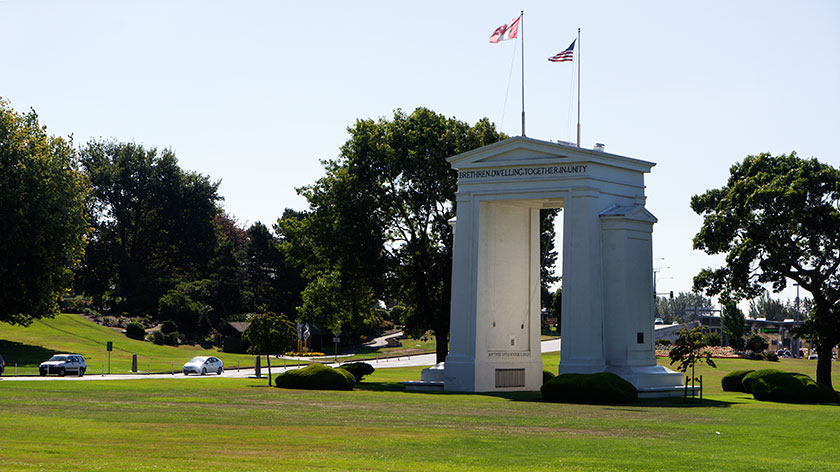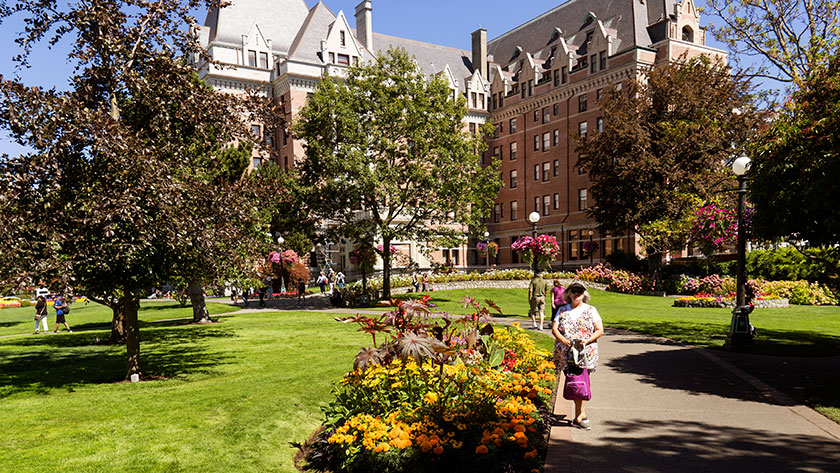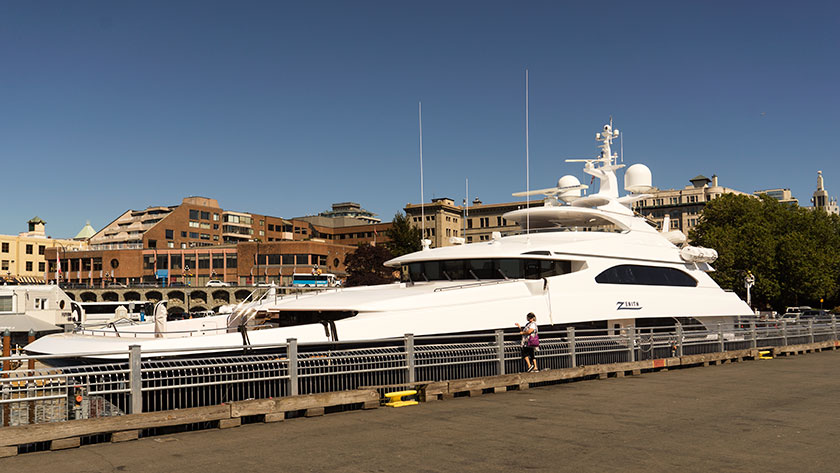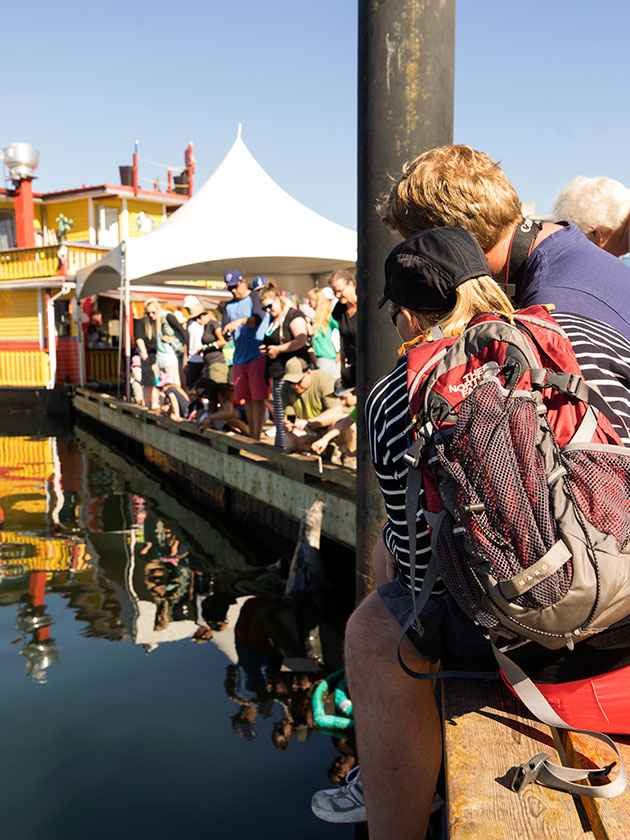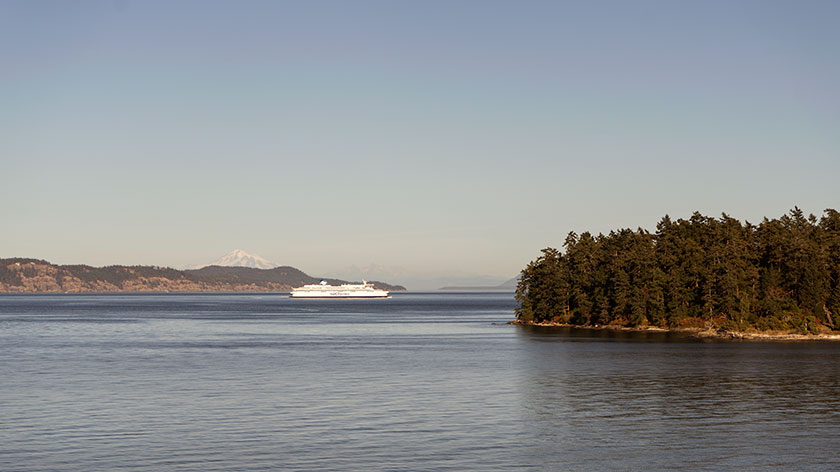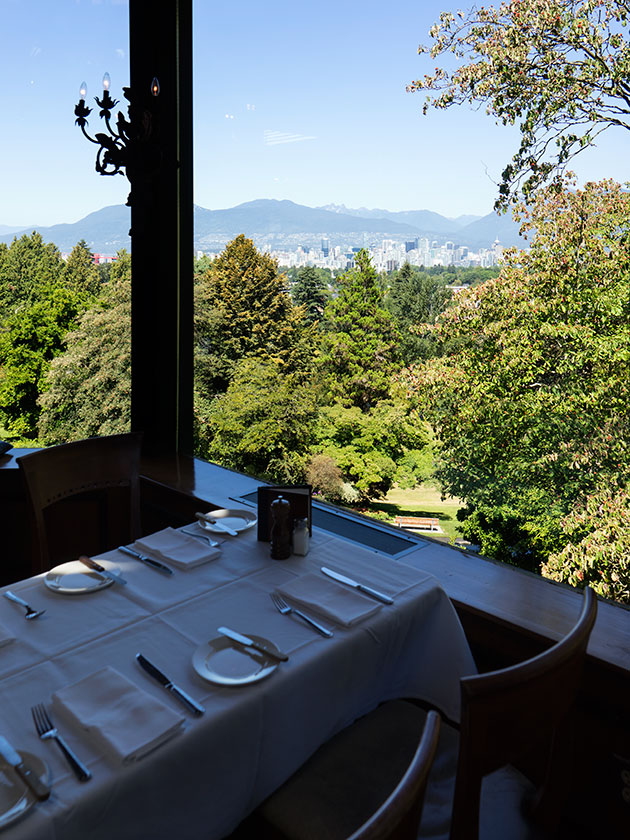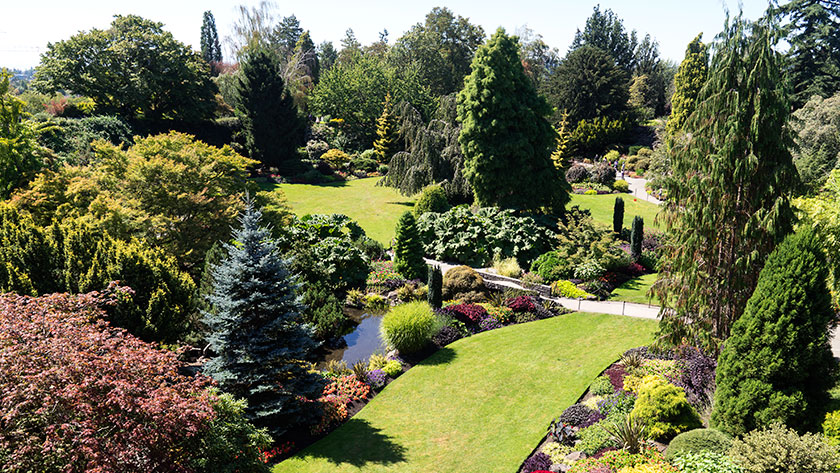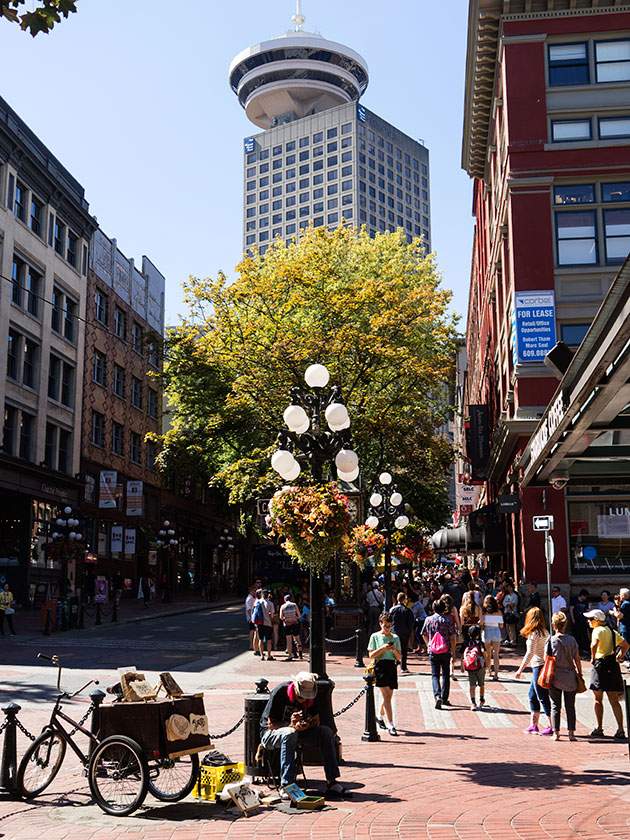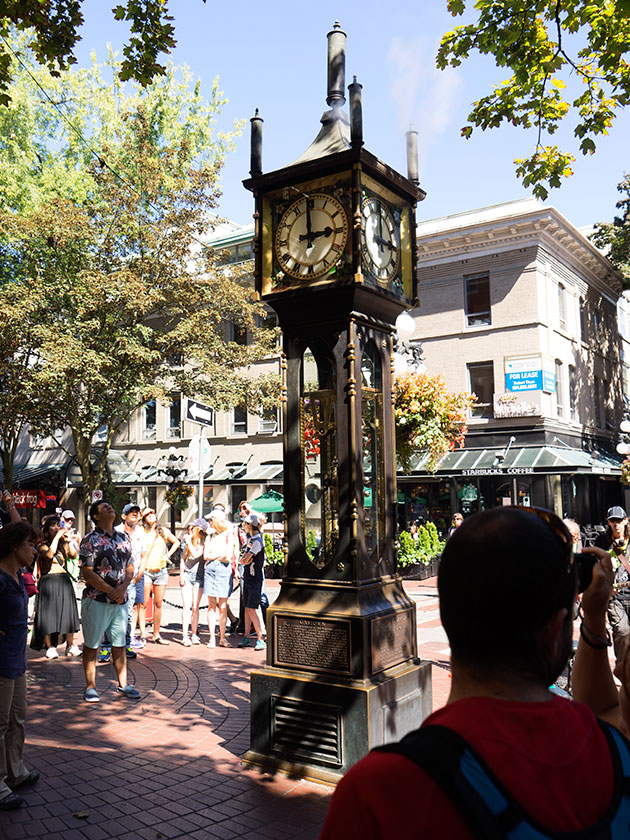Our trip today took us up the Willamette Valley into the Siskiyou Mountains of southern Oregon to Grants Pass (how do you have a possessive noun without an apostrophe?). A town in the mountains . . . sounds wonderful doesn’t it? In Silverton yesterday, the highs were in the 80’s and the lows in the 50’s. As we set up camp, I glanced at the thermometer, and the temperature was 104°. Compare that with the high in Congress today, which was 93°. What’s wrong with this picture?
Our drive was pleasant as we followed the Willamette River to its headwaters. South of Eugene, the rolling farm-land gave way to a low mountain range. We played tag with the trailer trucks, passing them on the up-grades and they’d return the favor on the down-hill runs. We had the cruise set at five miles over their speed limit, so they shouldn’t have been able to do that. For a moment I thought about calling the 800 number posted on the trailers and report their speeding, just for something to do, but that would have spoiled the drive. Besides, I would have had to wake Anne.
I noticed today that the great raptors circling in the sky are no longer eagles. They’re turkey buzzards, just like we have at home. They seem pinned to the sky, never moving their wings. I wonder why their arms don’t get tired.
We made the two hundred mile journey to Grants Pass in less than five hours. As I said, we were poking along, enjoying the ride. Because we got here during the heat of the day, we had to move all the new wine bottles out of Fritz and into The Ritz, where we could keep them air-conditioned. I’m afraid that will become a daily routine until we get home next week.
After the heat broke, we searched for a place to have dinner. We found a nice one called River’s Edge. It’s an upscale restaurant perched above a riffle on the Rouge River. The first thing you see in the entrance is a ginormous painting of a fly fisherman making an impossible cast. Still it was romantic in a River Runs Through It sort of way.
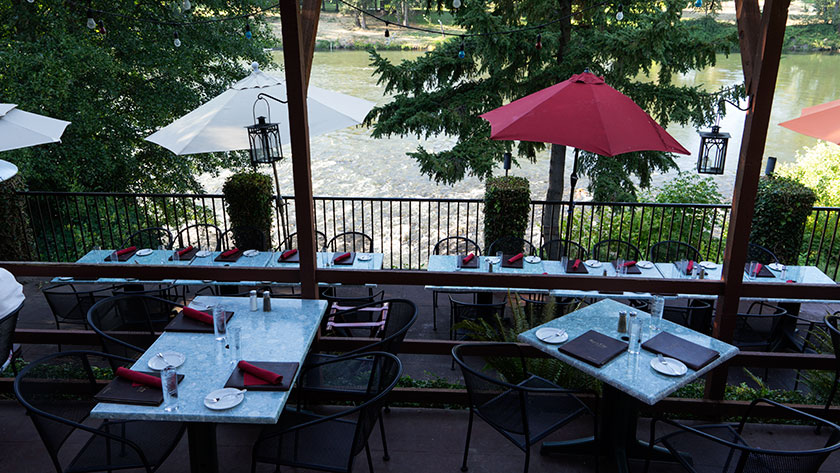
We had a very good meal, but while we sat there, I wanted to go get my fly rod out of the truck. That river called to me. “Fish me! Fish me!” It was the haunting voice of the Goddess of Fly Fishing (maybe we should have a contest to give her a pseudo mythological name). Anne kept gushing on about how romantic it was, and I kept looking for steel-head in the riffle.
We left just after the bus came in. Two large tables were reserved for a group of octogenarian on the lowest deck. They walked through the door with canes and walkers. The restaurant didn’t have access ramps, so they struggled down the stairs clutching at the railing and each other. They certainly had the best seat in the house, and undoubtedly an excellent dinner, still . . .
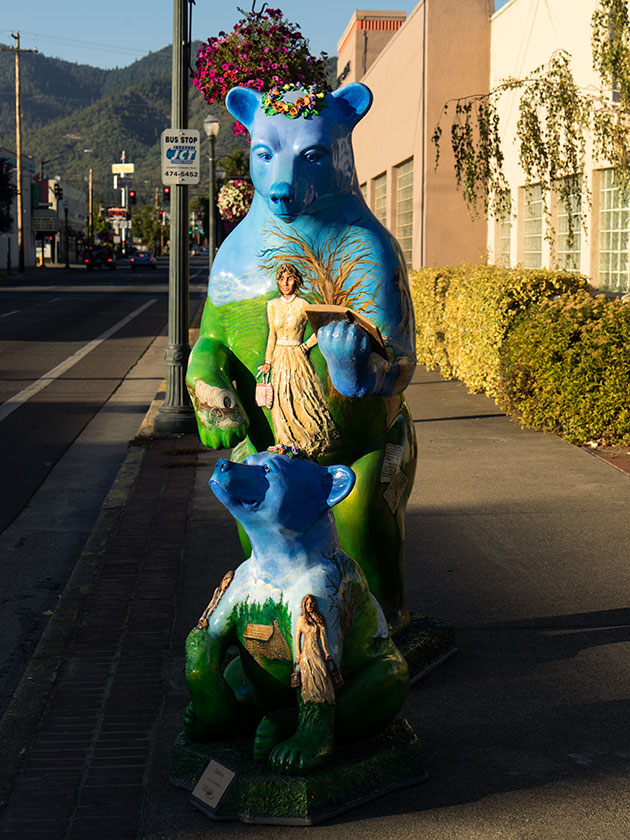
On the way back to camp, we stopped in downtown so I could take some snaps. Bear sculptures decorate downtown Grants Pass. That surprised me, because after Alaska, how could there be any bears around this much civilization. All of California’s grizzlies were wiped out by 1855. The statues are artists interpretations as each was different. There weren’t any plaques explaining their existence or meaning, just the artist’s name.
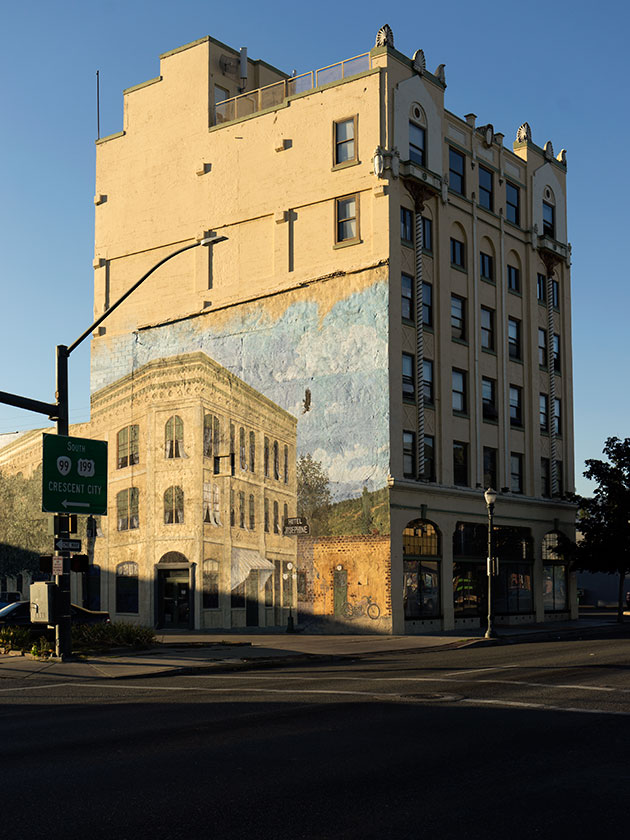
Tomorrow we’ll take the Redwood Highway to Eureka, where we will spend a couple of days. We read that there is a walking tour of the Victorian Era homes available, so that has Anne excited. As you already know, I love to shoot old buildings, so I’m looking forward to it too. Maybe it will be cooler down by the Pacific.
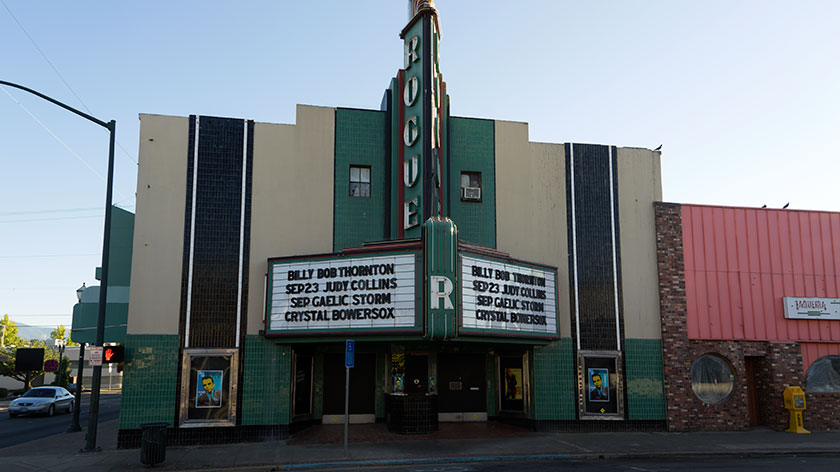
jw

